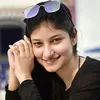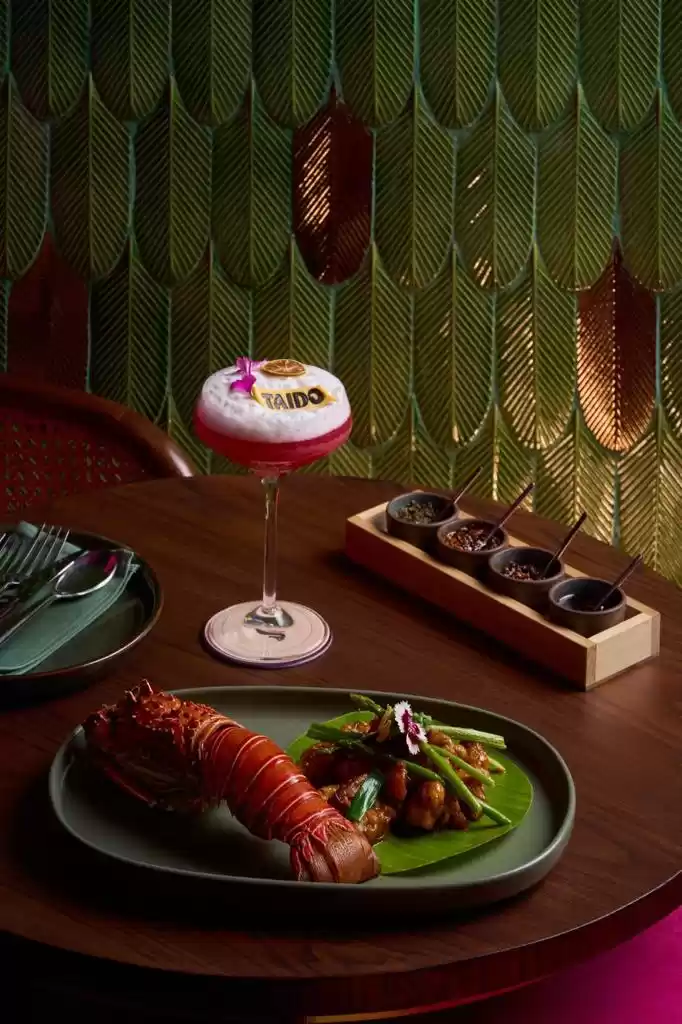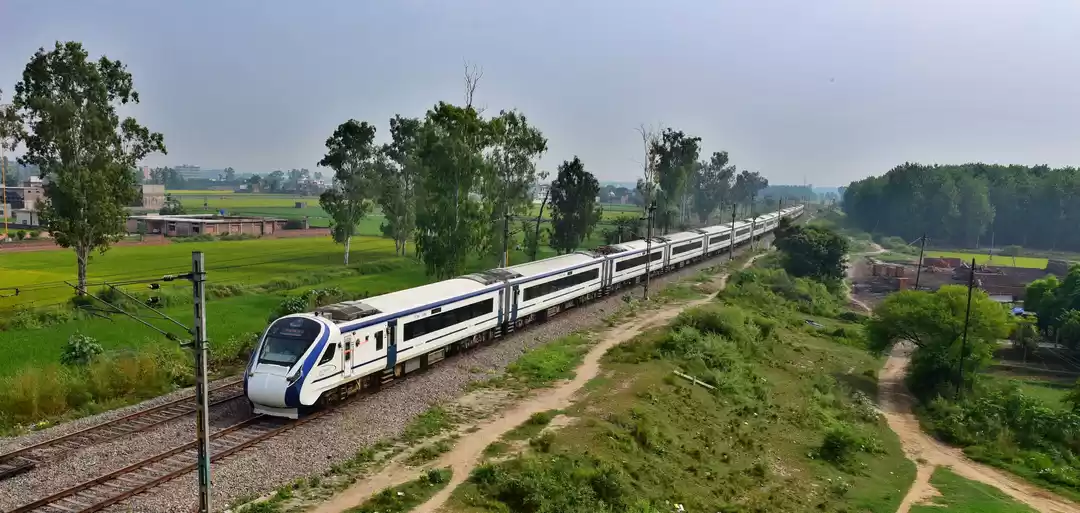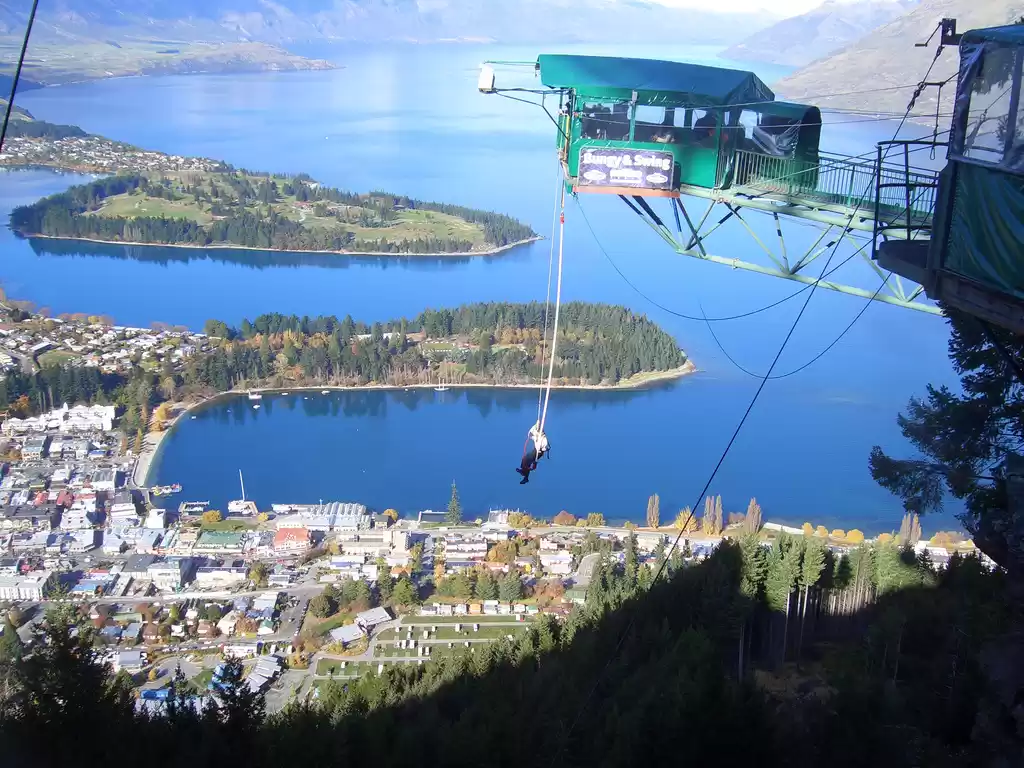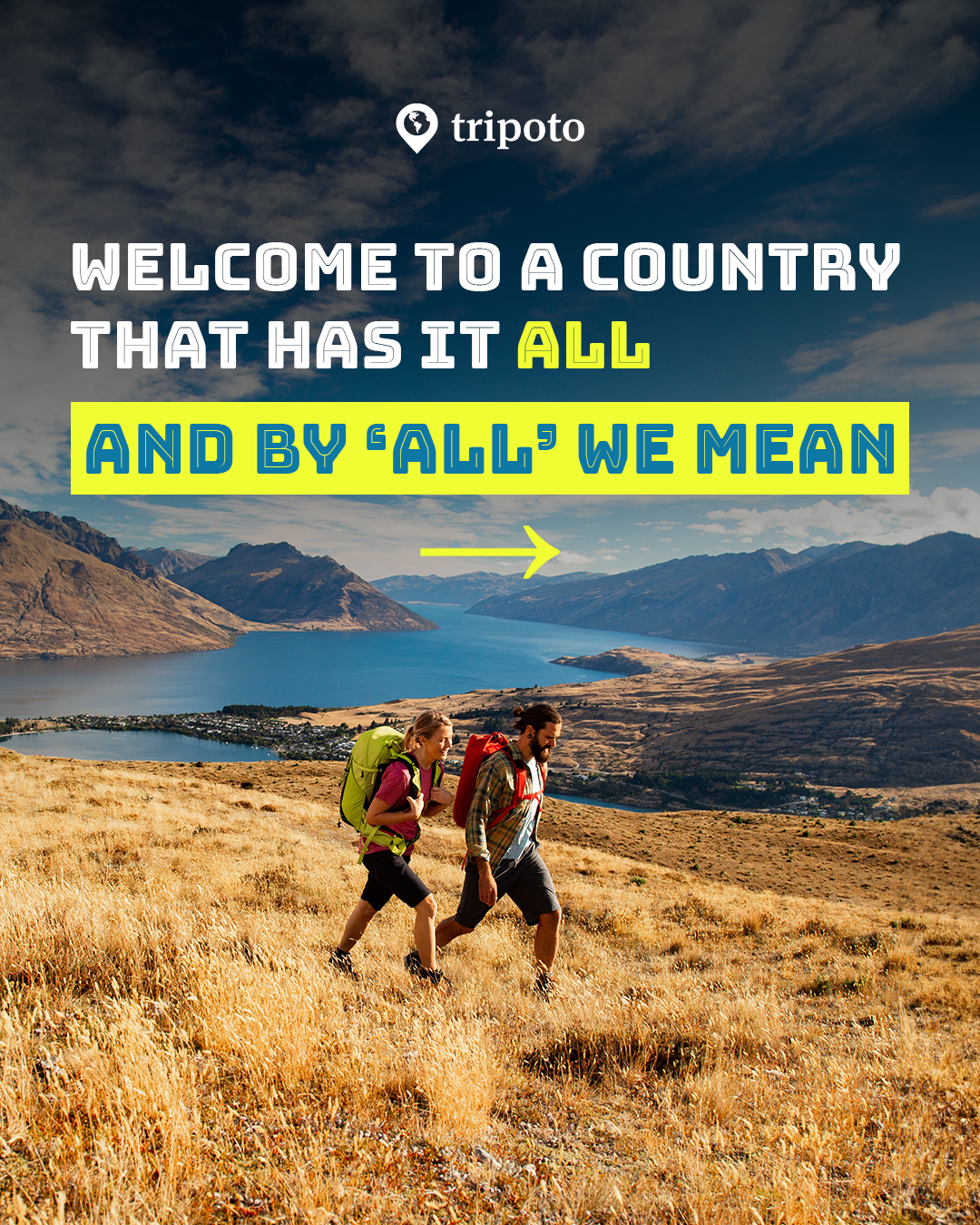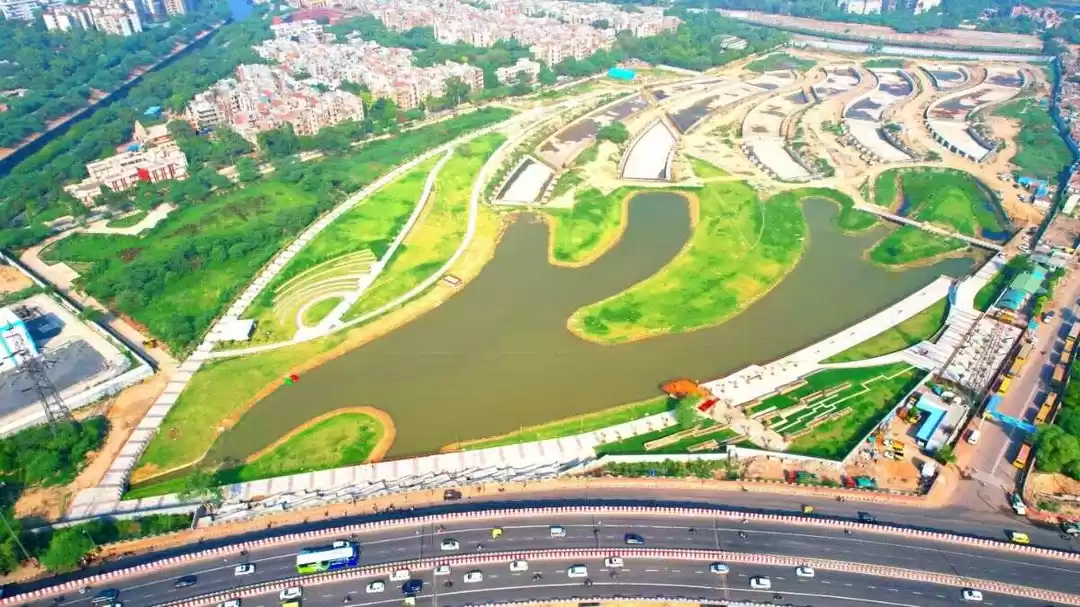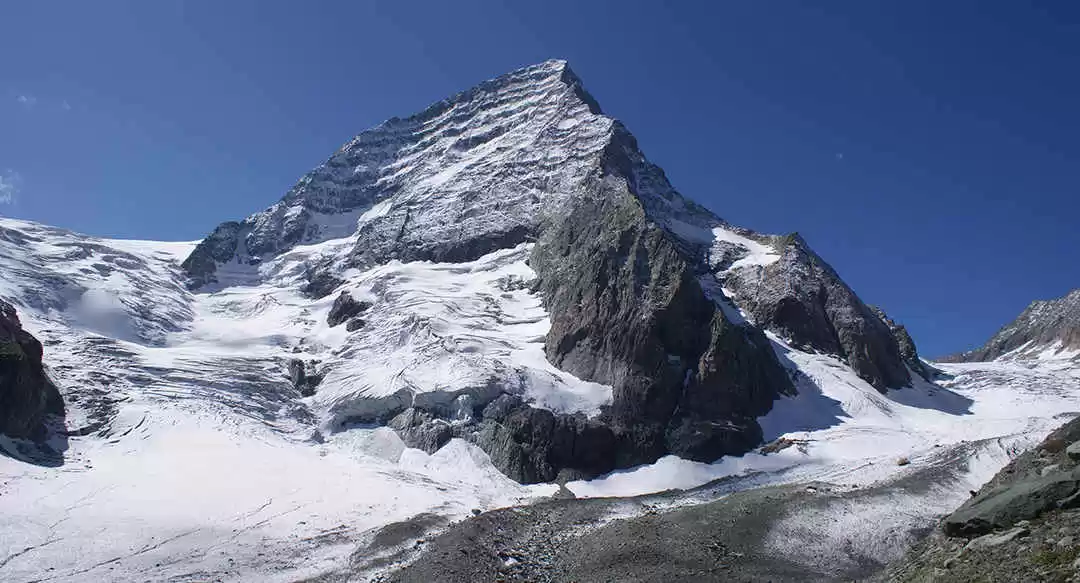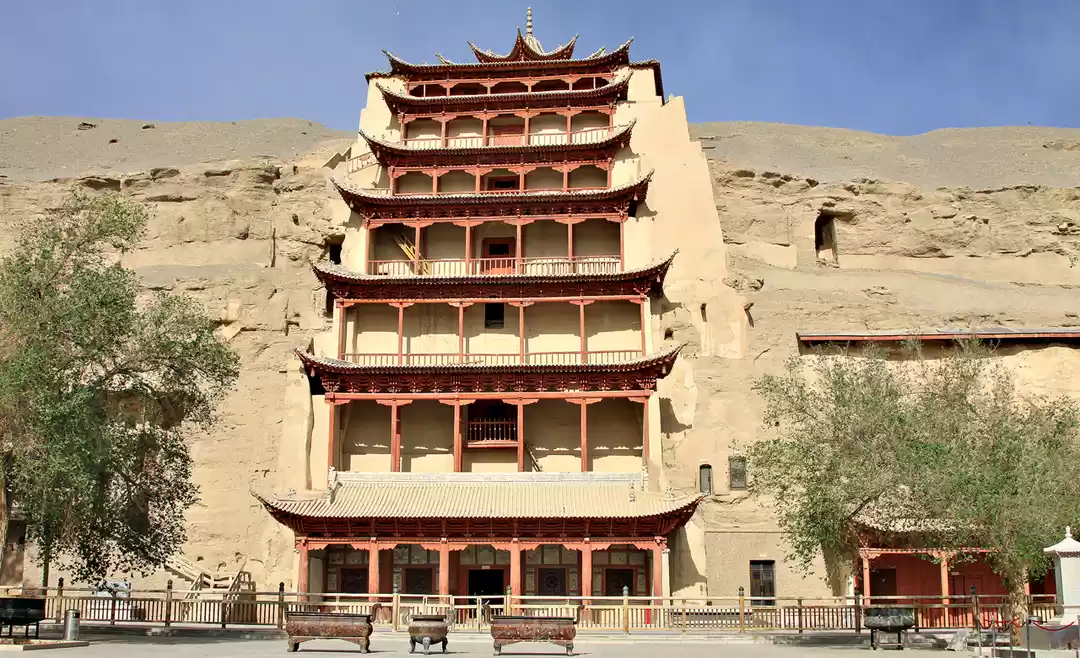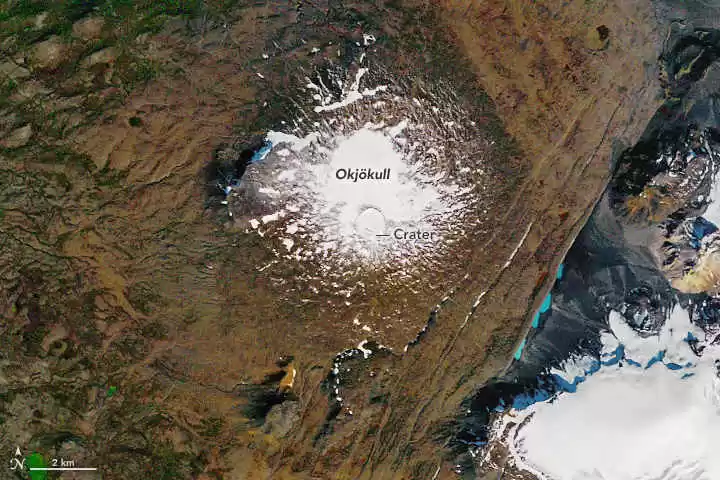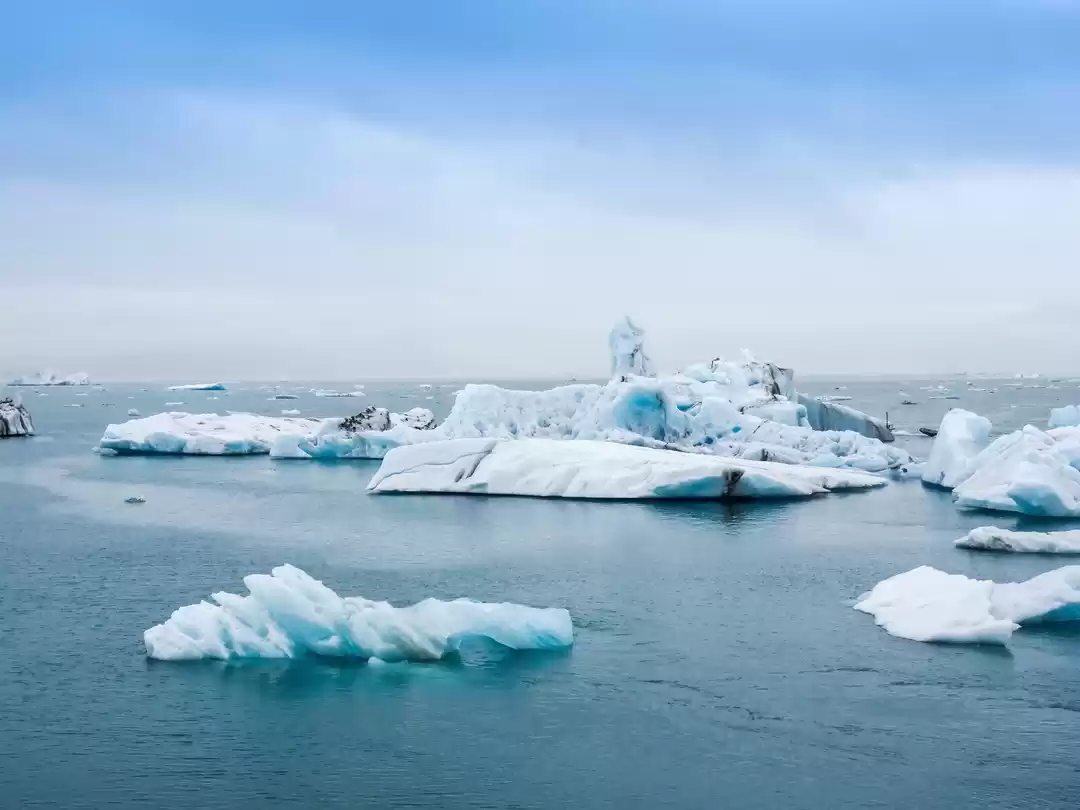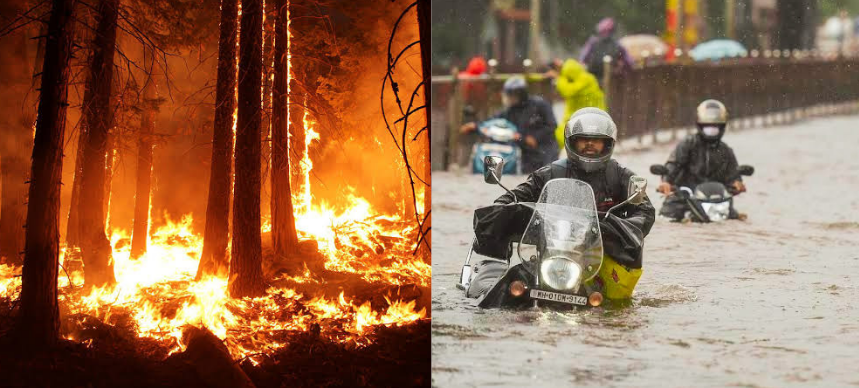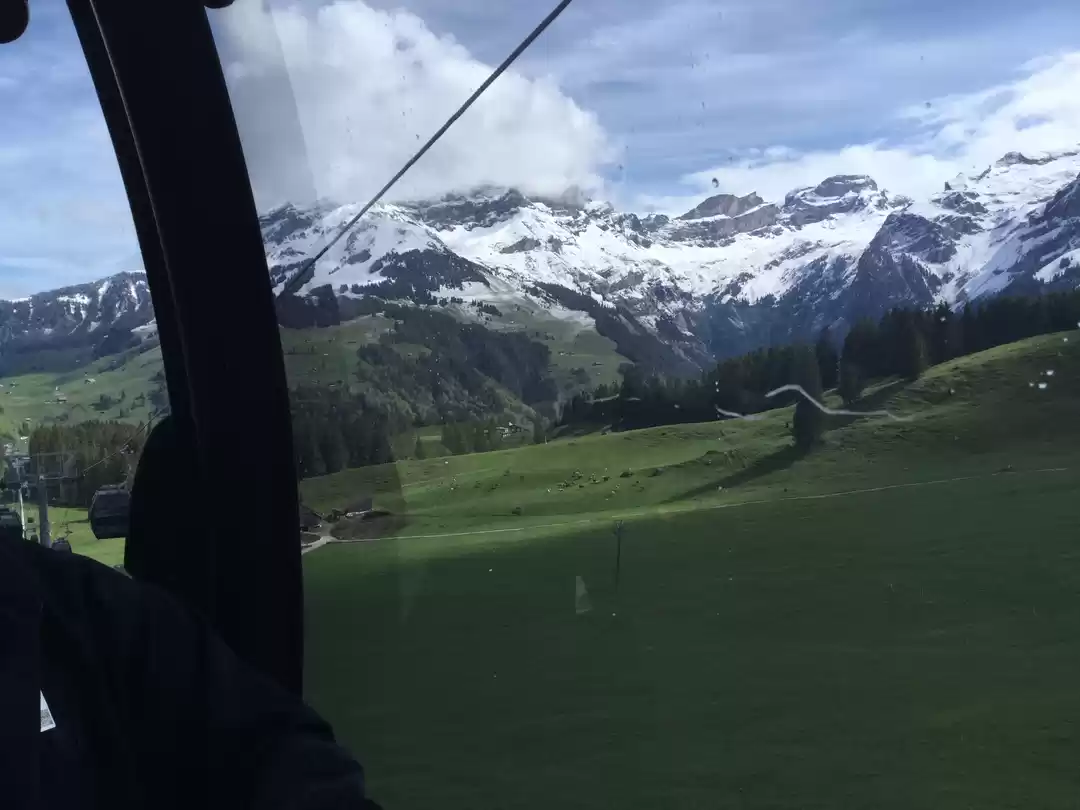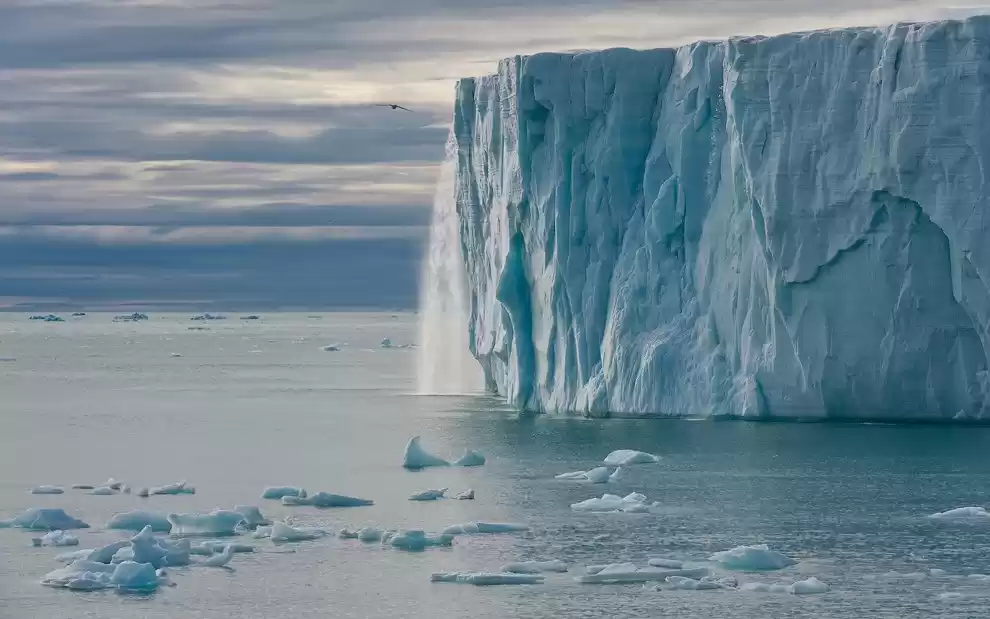
Switzerland, known for its majestic Alps, charming landscapes, delicious chocolates, and cheesy fondues, is also home to some of the world's most unique and crucial glaciers. These glaciers provide fresh water, regulate the climate, and attract tourists.
However, they are in danger of disappearing due to climate change, causing them to melt faster than ever. Curious to know how the Swiss glaciers have changed in the past two years? Read on!

The Big Melt: How the Swiss Glaciers Lost a Decade's Worth of Ice in Two Years
The Swiss Glacier Monitoring Network (GLAMOS), a group of intelligent people who study glaciers, has reported that the Swiss glaciers have lost 10% of their ice volume over two years. That's the same amount they lost over the three decades from 1960 to 1990!
The reports show that in 2023, these glaciers lost 4% of their total volume, the second-highest loss ever, following the 6% reduction in 2022. These losses are because of low snowfall and high temperatures, making them melt like never before.
The Collapsing Tongues and the Vanishing Glaciers
The past few years have been harsh for the glaciers in Switzerland. They have suffered from glacier tongues collapsing and small glaciers disappearing. A glacier tongue is the part that extends into the valley. When it collapses, the glacier has retreated so much that it can't support itself. This can cause colossal ice slides, threatening nearby villages and roads.
Many small glaciers in Switzerland have also entirely vanished in the last two years, like the Chli Titlis Glacier in Engelberg, which was declared dead in 2022. These small glaciers are more vulnerable to climate change, as they have less mass and area to resist the warming. If this trend continues, most of these glaciers could be gone by the end of the century.
The High-Altitude Meltdown: How Even the Highest Glaciers Are Not Safe
The glaciers in Switzerland are melting fast, even in the high-altitude regions that usually stay frozen. GLAMOS reports several meters of ice have gone from the southern Valais and the Engadin Valley above 3,200 m. These regions are typically shielded by thick snow layers, which keep the ice from melting.
But this year, the snowfall was meagre, with snow levels in late February reaching a record low of around 30% of the average. The summer was sweltering, making the snow melt faster, with a dry and hot June melting the snow two to four weeks earlier than usual. Losing these glaciers could harm the region's water supply, farming, tourism, and wildlife.
Also read: India’s First Green Hydrogen Bus To Hit The Road In Delhi!
The Future of the Swiss Glaciers: What Can We Do to Save Them?
The Swiss glaciers are more than just stunning scenery. They are a vital asset for the environment and the economy. But they are in danger of disappearing because of climate change. We must act fast and together to reduce greenhouse gas emissions and limit global warming. Also, the local authorities & people around must adjust to the new reality, find a way to deal with the challenges of the glacier retreat and raise awareness for responsible tourism among travellers.
If you're an avid traveller, do let us know in the comments what more sustainable practices can be considered? We're all ears!
You can also connect with me on Instagram & YouTube.
Ready to travel for free? Earn credits and redeem them on Tripoto’s weekend getaways, hotel stays and vacation packages!
Think we missed out on something? Tell us about it in the comments below. Or write about it here on Tripoto and earn Tripoto Credits!

